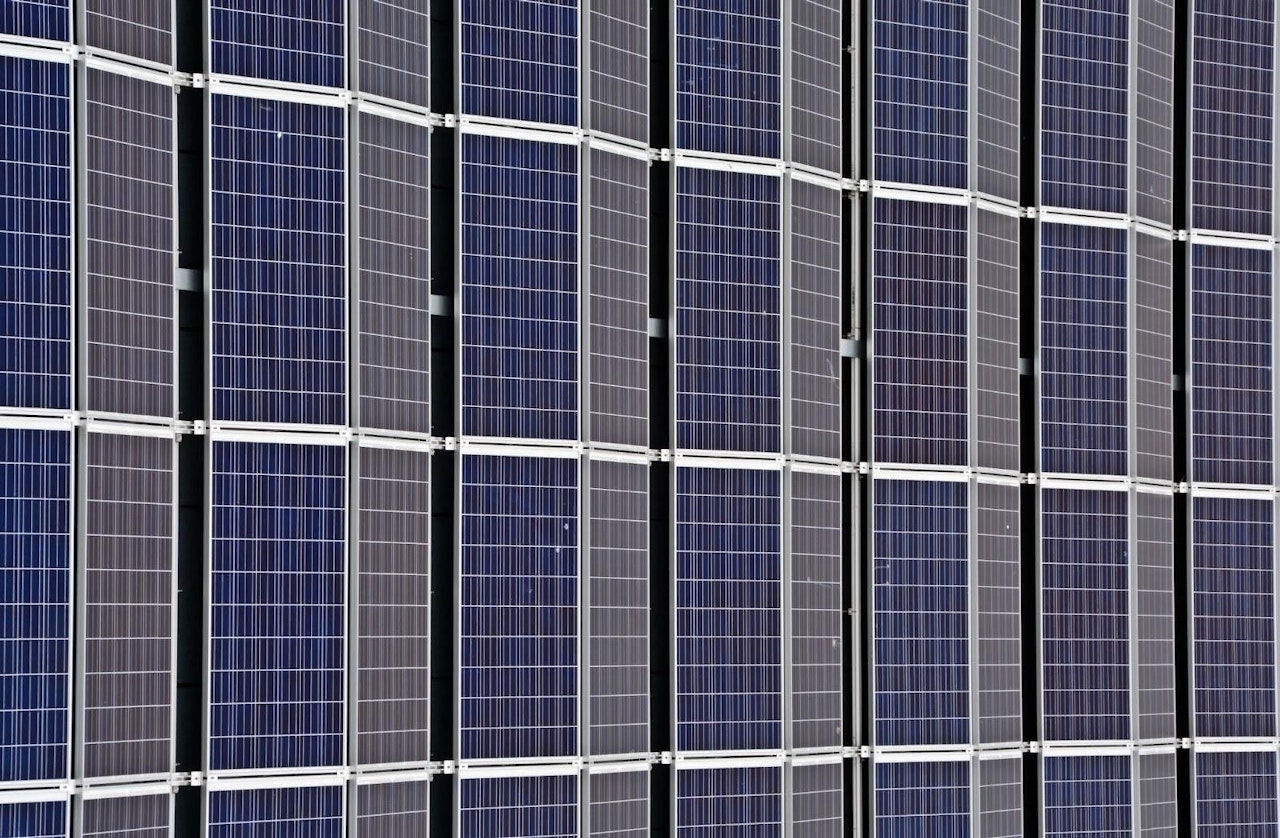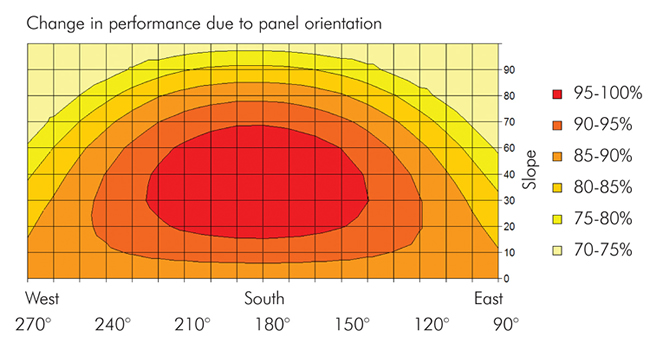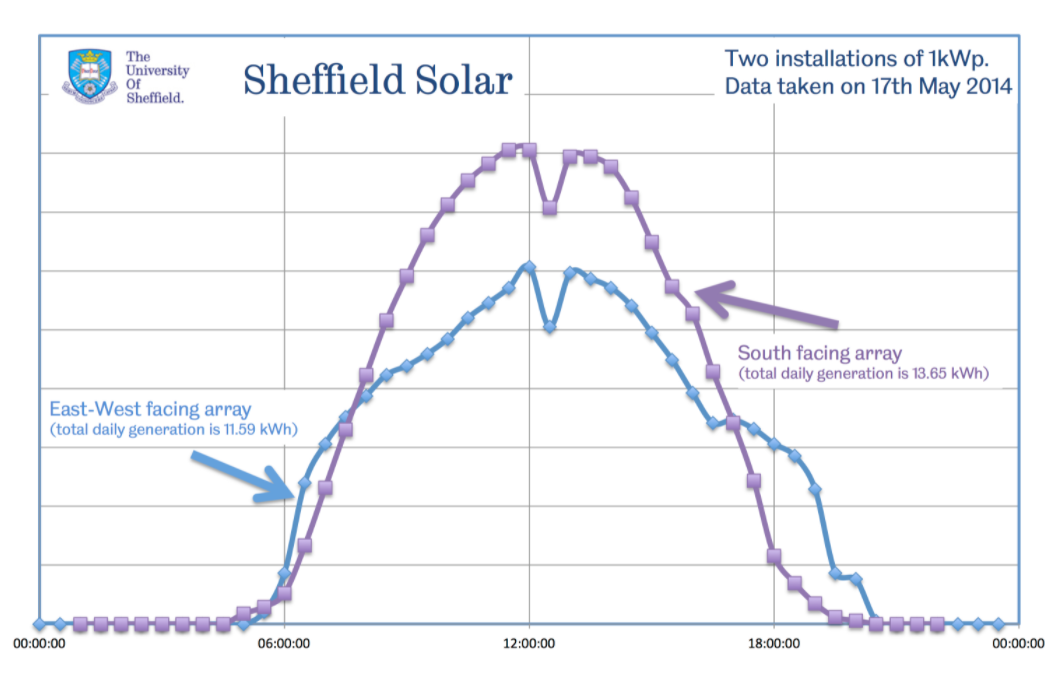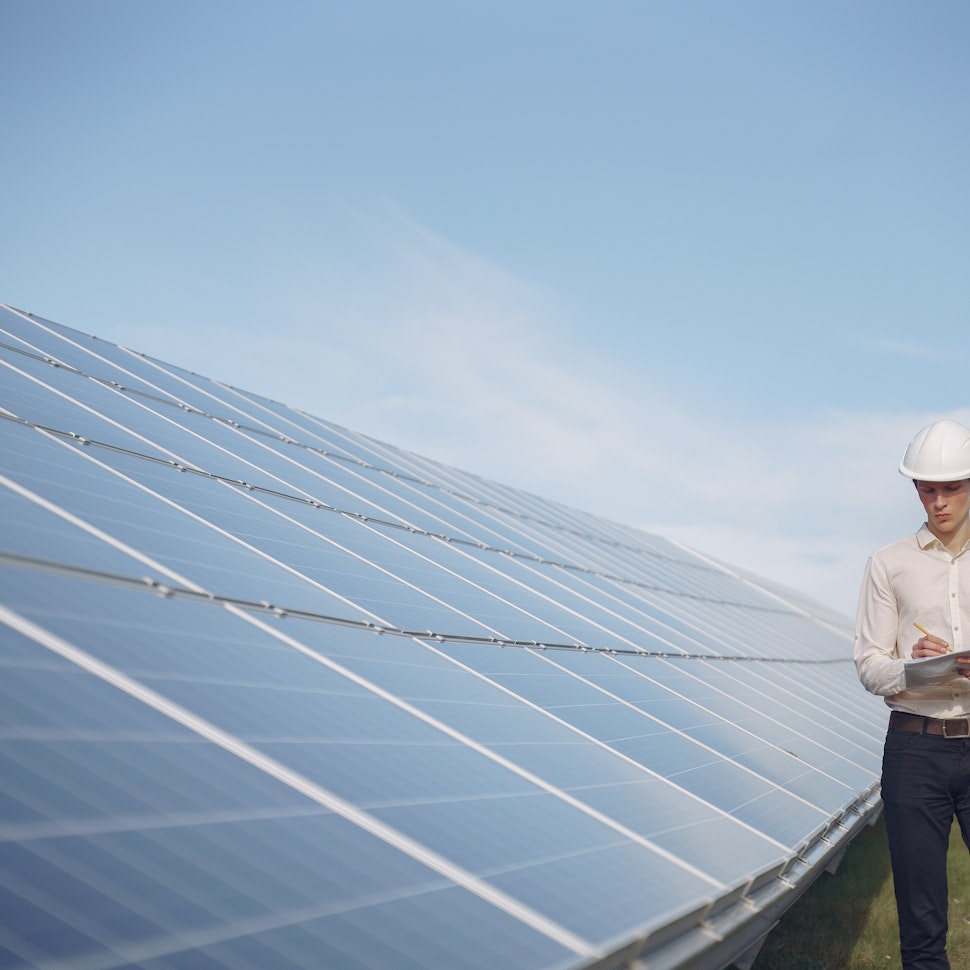- Solar energy blog
- Solar panel orientation: How using East-West structures improves the performance of your project
Solar panel orientation: How using East-West structures improves the performance of your project


Laura Rodríguez
Territory Manager Oceania & Nordics
Laura is a renewable and software industry sales professional, currently working at RatedPower as Territory Manager Oceania & Nordics. With a background in International Business and International Trade, Laura previously worked in the business strategy area in various companies as well as as a market analyst for the Government of Spain in Australia.

Content
The renewable energy sector, within the energy industry, is by nature in constant innovation and evolution. As we evaluated in 5 of the best developments from 2020, now we can see that those developments have progressed extraordinarily, such as floating solar with planned projects as big as ground-mounted systems (600MW). In the technology side, we have also seen different materials appearing in the market, bigger sized panels and different structures.
In today’s blog post, we wanted to address how the orientation of structures and the tilt of a solar panel may affect productivity and the profitability of a plant. Additionally, the steady decrease in module price’s, the newest structures technologies, and the positioning of the panels may also play an important role in the design of future plant’s.

The driving force of the E-W structures is the rapid increase of land costs, especially in Northern Europe. This results in the necessity to exploit the available terrain to its maximum potential, which is a constant concern for our customers.
The role of orientation and tilt of solar panels
According to experts, the placement and orientation of solar panels is just as important as which type of solar panel is used in a given situation. In order for solar panels to reach their peak generation capacity, a panel must face the correct direction and have the appropriate tilt according to their geographical location and meteorological data. Solar panels will harness the most power when the sun's rays hit its surface perpendicularly during the highest intensity of sunlight and for the greatest period of time.
The geographical location will be essential when orientating the panels, and while in the northern hemisphere solar panels should face true south, in the southern hemisphere these must face true north.
Normally, achieving the perfect perpendicularity of the sun's rays is the optimal orientation so that solar panels receive direct light throughout the day. However, according to the University of Calgary, depending on how solar panels are being used, it may also be beneficial to have a slight rotation. By providing the panels this slight rotation, our system would be able to produce more electricity at the hours when it is needed. For example, pointing the panels slightly south-west, in the direction of the setting sun, would allow the panels to produce more energy in the evening, when people are home and using more appliances.
This rotation will cause a decrease in total production, which in reality could make more economical sense for the owners who might prefer to utilize their generated energy when it might be more expensive from the grid (late afternoon before the sun sets).
The angle or tilt of a solar panel is also an important factor. The angle that a solar panel should be set at to produce the most energy in a given year is determined by the geographical latitude. A general rule for optimal annual energy production is to set the solar panel tilt angle equal to the geographical latitude. For example, if the location of the solar array is at 50o latitude, the optimal tilt angle is also 50o. Essentially, the closer a solar panel is located to the equator the more the panel should be pointing straight up. The closer the panel is to the poles, the more they should tilt towards the equator.

Favouring East-West structures
Taking into account the importance of the orientation and the tilt, why then are East-West facing structures on the rise?
Basically, the reason why solar arrays that are situated east-west are becoming an industry trend rapidly is because these structures can squeeze in more rows and panels, and therefore a greater generation capacity than their south-north facing cousins (in terms of the project surface, not generation capacity per module).
Taking into account the continuous drop in module prices (90% in the last decade according to IRENA), it only makes sense that solar developers have started to favour output over panel costs for project profitability.
Additionally, while east-west solar arrays may have a reduced total output (15% less according to Sheffield Solar), the value of the electricity they produce is inherently higher in most markets. This is a result of the smoothing of the array’s generation curve, generating more electricity during the morning and evening hours and less during the midday peak when electricity is at its cheapest.

Utility-scale Applications
As an example of a utility scale application of East-West structures, the Neoen's project “Cestas” would generate 15% less total energy than a south-facing plant of the same capacity. However, in terms of LCOE [levelized cost of energy], the plant turned out to be more interesting because of the high fixed costs.
“We found out during our calculations that it was more interesting to pack more power into this site to divide the fixed costs over a larger number of megawatts,” “It was really very specific to that particular plant with very constrained land and very high fixed costs,”

Cestas Project “The most powerful solar farm in Europe”
To understand more about the costs of your utility-scale solar plants, we invite you to download our free costs template.
Residential Applications
In the residential sector, east-west estructures are also having an impact as a result of falling feed-in tariffs (FITs) and rising electricity prices.
As in other scenarios, east-west estructures may make more economical sense as people generally leave home in the morning and come back in the afternoon or early evening. Therefore, having PV panels that provide more electricity at these times, rather than at midday when so many properties are empty, could be very beneficial.
Commercial Applications
In terms of commercial roofs, which tend to be flatter and therefore easier to design, east-west structures allow warehouses, factories and offices to fit as many panels as possible onto their roofs. Additionally, south-facing panels tilted at 30° need heavy concrete ballasts to prevent winds blowing the modules over, or off the roof (fixing panels directly to the roof usually causes waterproofing damage). On the other hand, tightly packed, shallow-tilted panels do not require such heavy ballasting, therefore lightening the load on the roof and cutting costs as a result.
Where will this lead us
As solar modules continue to drop prices, will east-west structures become mainstream as the total yield of a surface surpasses tradicional north-south orientations?
We must not forget that latitude as well as fixed costs such as those of the terrain, will play a crucial role when evaluating the use of east-west structures versus tradicional ones. Will this favour their use only in key strategic areas such as Northern Europe?
Another key consideration to take into account in the analysis of future deployment of this technology is grid instability. This current of thought is driven by industry experts who argue that utility-scale east-west solar farms, with their flatter power curves, will help grid operators balance supply and demand.
As the industry continues to innovate, there are many available possibilities, and we can’t wait to see the newest innovations and trends of the market.
To be informed about the latest news, download our Industry Report for exclusive content.
Webinar: The optimal solar panel tilt to boost PV projects’ performance
Are you looking for ways to optimize tilt angles in your PV projects for maximum efficiency? Our Product Owner, Bernardino Martín, will guide you through the impact of choosing the optimal tilt angle and pitch distance for fixed structures in this upcoming webinar.

Latest stories
Related posts
Technology and engineering
Outsmarting congestion: How efficient solar design helps navigate Nordic grid limits
Learn how Nordic operators and solar developers are adjusting to tighter grid conditions and how policy and design decisions are keeping projects on track.
Updated 16 DEC, 25

Technology and engineering
The rise of ultra-thin perovskite solar cells
Learn about Japan’s $1.5B initiative to commercialize ultra-thin, flexible perovskite solar cells and how it could transform the solar landscape globally.
Updated 30 SEP, 25

Technology and engineering
The green hydrogen boom in LatAm
Latin America is emerging as a green hydrogen leader. Learn how LatAm countries are leveraging solar and wind power to drive green hydrogen production.
Updated 22 JUL, 25

- RatedPower
- Solar energy blog
- Solar panel orientation: How using East-West structures improves the performance of your project
 Watch a demo
Watch a demo Ask our AI Product Expert
Ask our AI Product Expert
